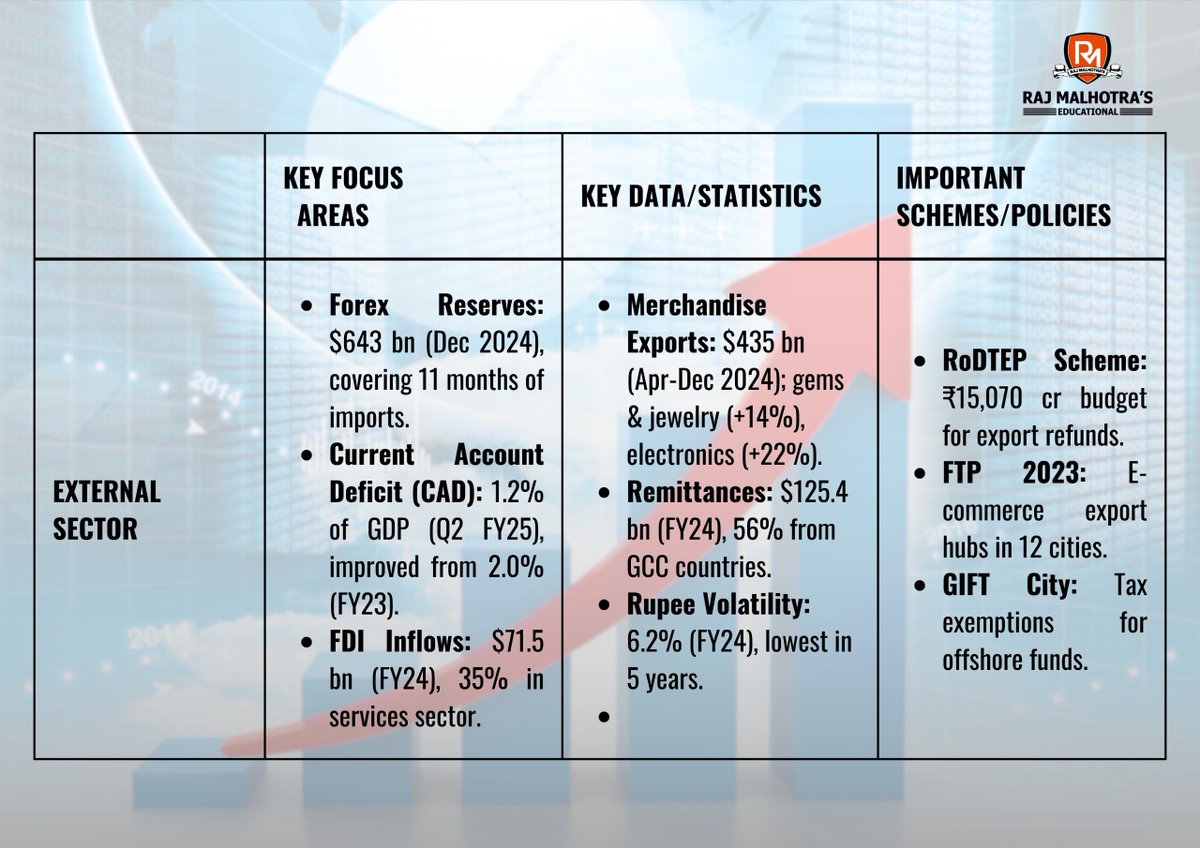
Raj Malhotra
@Rajmalhotrachd
Followers
30K
Following
6K
Statuses
13K
Guiding UPSC aspirants since 22 years...groomed more than 2150 aspirants Retweets/Follow/Likes are not endorsements
Chandigarh, India
Joined May 2021
💡Recommendations for Ethical Content Creation and Moderation: 1. Develop comprehensive digital ethics guidelines for creators and platforms 2. Implement AI-driven content moderation systems with human oversight 3. Promote digital literacy and critical thinking skills among users 4. Establish multi-stakeholder advisory boards to inform policy decisions 5. Encourage industry self-regulation while maintaining clear legal boundaries 6. Foster open dialogue between creators, platforms, regulators, and civil society 7. Regularly review and update content policies to reflect evolving societal norms 8. Provide clear, accessible appeals processes for content moderation decisions 9. Invest in research on the psychological and societal impacts of online content 10. Develop ethical frameworks specifically tailored to the unique challenges of digital media Conclusion: The "India's Got Latent" controversy exemplifies the complex ethical challenges facing content creators, platforms, and society in the digital age. As future civil servants, it is crucial to develop a nuanced understanding of these issues, balancing the fundamental right to free expression with the need to protect individuals and society from potential harms. By critically examining cases like this through multiple ethical lenses, we can work towards fostering a digital ecosystem that upholds democratic values while addressing the unique challenges of online communication. This 🧵 equips UPSC aspirants with the knowledge and critical thinking skills necessary to navigate the intricate ethical landscape of free speech in the digital era. The ability to balance individual rights with societal well-being, apply ethical frameworks to novel situations, and craft nuanced policy responses to emerging challenges is essential for effective and responsible governance in the 21st century.
0
0
0
RT @Rajmalhotrachd: Attention everyone 🚨‼️ We have compiled 100 mcq based on the battles that have happened in Indian history. Very import…
0
408
0
Currently in news. How many of you are updated with this news ? Comment the answer. #upsc #currentaffairs #upscquiz #upscprelims2025
6
1
15
🚨 Attention UPSC Civil Services 2025 Aspirants I intend to mentor 11 Students absolutely Free There are 3 things you need to commit: 1 . Complete Dedication 2. Completing the Targets as per the timeline decided 3. Not skipping even a single test 100 days of rigorous work together WhatsApp your name and status of your preparation through WhatsApp @ 9814711661
1
3
28
🚨Future Outlook and Policy Recommendations (GS Paper III: Internal Security) 1. Technology-driven Operations: - Increased use of AI and big data analytics - Enhanced surveillance and communication systems 💡Example: The "Smart Walls" project along the Chhattisgarh-Odisha border, using IoT sensors to detect Naxal movements (launched in 2024), covers a 300 km stretch and has led to a 40% reduction in cross-border Naxal movement. 👉Global Comparison: - India ranks 4th globally in the use of AI in counter-insurgency operations (2025 Global Security Tech Index) - Israel leads the index, followed by the USA and China 2. Addressing Root Causes: - Focus on tribal welfare and land rights - Skill development and employment generation 💡Example: The Van Dhan Yojana increased tribal income in Naxal-affected areas by 40% between 2020-2025, benefiting 2 million tribal families across 340 districts. 👉State-wise Progress (2025): - Highest tribal welfare index: Odisha (0.72) - Lowest tribal welfare index: Jharkhand (0.58) 👉Global Comparison: - India's tribal welfare programs in Naxal-affected areas are more comprehensive than similar programs in the Philippines for indigenous communities in NPA-affected regions 3. International Cooperation: - Sharing best practices with countries facing similar challenges - Addressing cross-border support for Naxalites 💡Example: India-Nepal joint border patrol initiative launched in 2024 to prevent Naxal movement across the border. The initiative covers 1,751 km of the India-Nepal border and has led to the arrest of 50 Naxal operatives in 2024. 👉Global Collaboration (2025): - India has counter-insurgency cooperation agreements with 12 countries, including the Philippines, Colombia, and Myanmar - Joint training exercises conducted with 8 countries in 2024-25 This analysis provides an overview of the Naxal insurgency in India, covering historical context, geographical spread, government strategies, challenges, and future outlook.
0
0
3
🚨Socio-economic Impact: - Hinders development in affected regions - Disrupts education, healthcare, and infrastructure projects 💡Example: The 2024 Dantewada IED blast destroyed a newly constructed bridge, delaying connectivity to 10 villages and affecting approximately 15,000 residents. 👉Comparative Analysis: - Human Development Index (2025) in Naxal-affected districts averages 0.52, compared to the national average of 0.68 - Per capita income in Naxal-affected districts is 40% lower than the national average 👉Global Comparison: - The socio-economic disparity in India's Naxal-affected regions is similar to that observed in the FATA region of Pakistan before its merger with Khyber Pakhtunkhwa.
0
0
4








